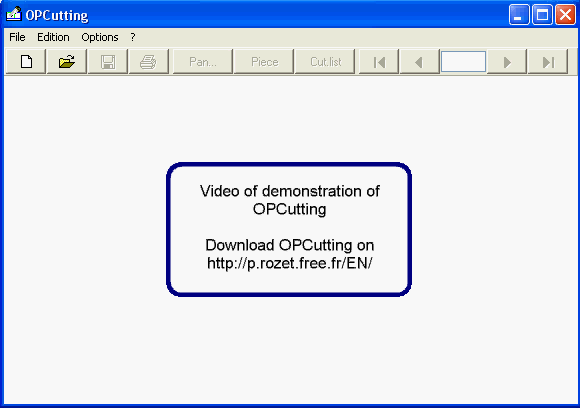
Hopefully you will find these hints useful as you generate your Cutting list for kitchen cabinet. Or else the optimizer might want to cut the 2 by from the 6 by stock.) If you use 2 x 4 and 2 x 6 boards – create both in your materials database. This saves time and reduces mistakes because I see the thickness I want on the list. Notice in this example shows three thicknesses for my birch plywood. If you click the X you will need to go to View – tabs to see the material tab again. Clicking the check mark will keep the window open. You can reduce the height of the rows to see more materials in the window. In this case walnut is on the top of the list and not the bottom. I find most SketchList users employ a small number of materials over all the projects they do. Now when you sort the material lists by clicking the column header, the ones with at the front pop to the top of the list. Then edit the name by adding the symbol at the front of the name. Find the material you WILL use in this project and double click on it. Third – This is good! At the start of a project click Materials menu item and select materials. Second – be careful that you pick the correct type of material, either sheet goods or solid lumber. This better shows the size material you want along with the parts name. I include the material size right in the name. That deals with handling the materials.įirst – material name.

In working on these users questions I developed a scheme that makes both designing and reporting easier in SketchList 3D. Select the board, click the board definitions tab, and change grain direction. In the optimizer click the ‘Select part in design” and look at the board. Any strange thickness, like 23” and not ¾” is a big hint you picked incorrectly. This form opens and you can enter the sizes of the material. Solution – click the open stock button at the bottom of the screen. If the pull-down menu to the right of the part list is blank the size is missing. Simple to see in your cutting list for kitchen cabinets. Specifying an incorrect grain direction for a board. SketchUp is remarkably accurate, so you can model anythingfrom a wall of cabinets to a lap jointwith as much precision and detail as 376 People.

Selecting the wrong board orientation for a given board.ģ. With SketchUp, you can model accurately, take dimensions, and generate a cutlist in 3D before you build it. The size of the material is not in the stock database.Ģ. Hint make sure you read this post to the end! As reported in other posts, LINK, I always say three potential sources cause the errors.ġ. SketchList 3D users know these as red boxes around part names in the report. Mostly the questions arise after the design is completed and running the cut list report shows errors. Over the past week or so several people called in with questions about our cabinet cut list report.
#PLANK CUTLIST OPTIMIZER HOW TO#
If your cabinet cut list software doesn’t have information about the materials you want to cut, how will it know how to cut it? That seems simple enough.

A reliable software allows us to response promptly any technical queries by e-mail.Cutting list for kitchen cabinets begins with material creation.
#PLANK CUTLIST OPTIMIZER FREE#
Updates are free of charge to registered users of computer licenses. Thousands of users with licenses registered in more than 50 countries, this software is constantly reviewed and updated. It can handle critical data workloads to optimize large amounts of different cuts and different sizes of "input material" in real time. Our customers use it in different kind of manufacturings and business areas like sales, production or supervision. With great versatility since it is easily adapted to work for its ease of using, clarity of reporting, interaction with spreadsheets or csv files and because effectively solves optimization in a wide range of sizes and quantities. This program is used in many types of industries that make processes of linear cutting. Simplicity, user friendliness, real time response and clear reporting is a valuable contribution to productivity. An average user can put into production in minutes (usually in less than one hour) without an external instructor. This is a very simple software, is designed to be operated by any kind of users. 1D Nest, One Dimension Cutting Optimiser, is a simple, efficient and powerful tool to generate optimal cutting lists for industries like steel structure fabrication, aluminium manufacturing and many others that need to cut in shorter pieces "bars" of raw material.


 0 kommentar(er)
0 kommentar(er)
